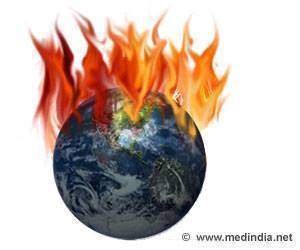One of the theories that explained the formation of moon was that another planet collided with Earth more than 4.5 billion years ago.

Now, however, a group of scientists believe that a previously unexplained isotopic ratio from deep within the Earth may be a signal from ancient part that still exists within the Earth's mantle.
Associate Professor Sujoy Mukhopadhyay of Harvard said that the energy released by the impact between the Earth and Theia would have melted the whole planet but they believe that the impact energy was not evenly distributed so the opposite hemisphere would have been partly shielded, and would not have undergone complete melting.
Source-ANI








